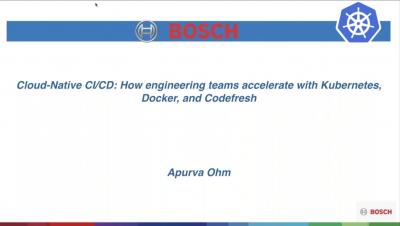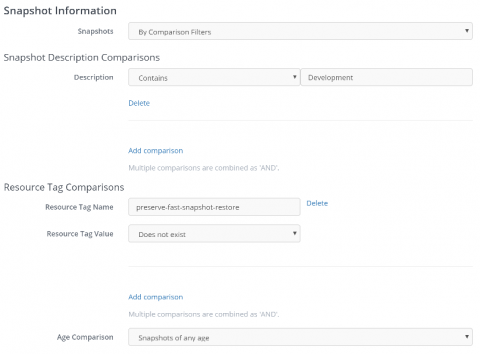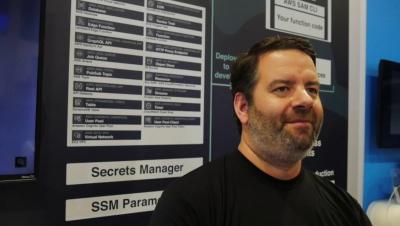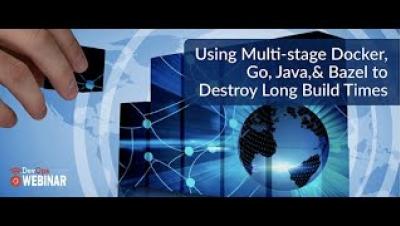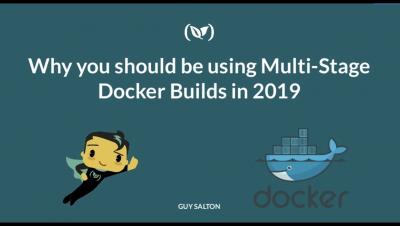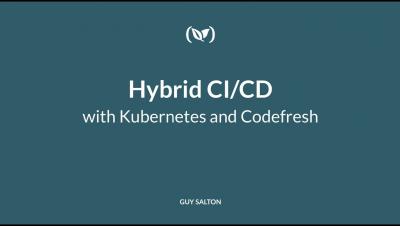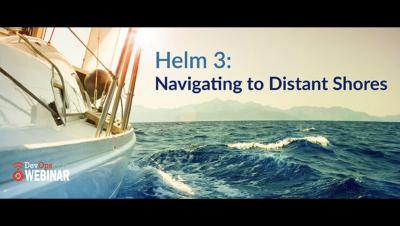Operations | Monitoring | ITSM | DevOps | Cloud
DevOps
The latest News and Information on DevOps, CI/CD, Automation and related technologies.
Codefresh vs. GitlabCI
If you have selected Gitlab as your git provider, you may automatically think about selecting GitlabCI as your CI/CD solution as well. Using the same vendor for source control and CI/CD might seem natural, but is not always the best combination. In fact, choosing a “good-enough” option just because it is part of the same solution is unwise in the long run if it doesn’t cover your needs.
Disable EBS Fast Snapshot Restores Action
A few weeks ago, Amazon announced a new feature for EBS snapshots: Amazon EBS Fast Snapshot Restore (FSR). Normally, accessing data on new EBS volumes was quite slow as the data is lazy-loaded from S3. When Fast Snapshot Restore (FSR) has been enabled on an EBS snapshot, new EBS volumes created from that snapshot will allow fast data access. While this feature is very good, it’s very expensive to keep enabled on an EBS snapshot for a long time.
VS Code with Jira and Bitbucket - Demo Den December
Stackery User Stories: Matt Wallington, CTO of Sightbox @ AWS re:Invent
Using Multi stage Docker, Go, Java,& Bazel to DESTROY Long Build Times
Why you should be using Multi-Stage Docker Builds in 2019 (EU Time Zones)
Hybrid CI/CD with Kubernetes & Codefresh
DevOps.com - Helm 3: Navigating to Distant Shores
How to monitor Lambda functions
As serverless application architectures have gained popularity, AWS Lambda has become the best-known service for running code on demand without having to manage the underlying compute instances. From an ops perspective, running code in Lambda is fundamentally different than running a traditional application. Most significantly from an observability standpoint, you cannot inspect system-level metrics from your application servers.


